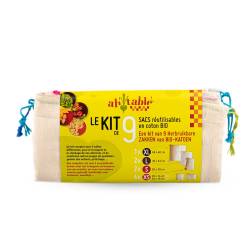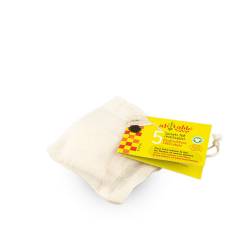How are plastic bags made?
Originally, it was most often made of polyethylene of petroleum origin. At the start of the 21st century, it even represented up to 4% of oil consumption!
They are made by extrusion followed by inflation. A thin, hyper-thin film of plastic is extruded, which is then inflated to give it its shape. We then obtain a kind of long plastic pipe which, once cooled, can be rolled up, printed, cut and heat-sealed to form the plastic bag in the form we know it.
Today, it is found in paper, compostable, biosourced or even in fabrics.

The impact of plastic bags on the environment
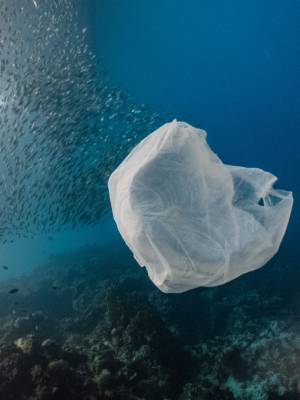 Having become a true symbol of a consumer society, today 500 billion bags are used worldwide.
Having become a true symbol of a consumer society, today 500 billion bags are used worldwide.
And even if in our hands their lifespan is short, it is not finished for all that. They inevitably end up finding themselves in nature, buried in the sand, in the middle of a lake or even a marine space. And they will stay there for a while! Because they take between 100 and 500 years to completely decompose.
They therefore have a profound impact on the environment. Fauna, flora, everyone toasts, including us. During its decomposition, it is animals, particularly marine animals, that ingest it and it is ultimately on our plates that we find our famous plastic bags.

And France in all this?
He made a long way for our plastic bag! Over the years, its composition and use have changed. No more free distribution at the end of the checkout to load the shopping there. We see it more reusable, we think it partly vegetable, sometimes we also image it in paper. Its consumption in France rose from 15 billion units in 2003 to around 800 million in 2010.
- 2005: A law is passed to ban all non-bio degradable plastic bags on January 1, 2010.
- 2006: This law is questioned by the European Union.
- 2014: France taxes non-biodegradable single-use checkout bags and votes to ban single-use checkout bags on January 1, 2016.
- 2017: Prohibition of single-use bags for fruits and vegetables. Manufacturers are required to use at least 30% bio-based plastic.
- 2018: Manufacturers are required to use at least 40% bio-based plastic.
- 2020: Manufacturers are required to use at least 50% bio-based plastic.
- 2025: Manufacturers will be required to use at least 60% bio-based plastic.

The alternatives
The reusable shopping bag
We all know him. But if ! The blue bag of this Swedish brand! You have it ? Ikea is not the only brand to offer a bag that you buy once and then change if they end up getting damaged. Auchan, Carrefour, Leclerc, Super U, to name a few, also offer this kind of service. Maybe not the best solution but I dragged my blue bag for so many years, whether for shopping or moving: it's worth it! Practical and resistant.
The fabric bag
We combine fashion with practicality! We choose it resistant with straps that do not hurt the shoulders, it is useful for small races. Ideally, we leave one in the car, it's so practical!
Collapsible crate
They will find a place of choice in your trunk. Whether it's for a stop at the greengrocer or for larger shopping, they fold and unfold as needed and you unload the trunk of the car as a family because it goes faster.
The backpack
It's the choice of mobile people. Those well attached to their bicycle handlebars, they collect the bread and go to the grocer and they leave as quickly as they arrived. We choose it according to the size of the wand mainly, but we choose it comfortable. We will bring it out for hikes and family picnics.
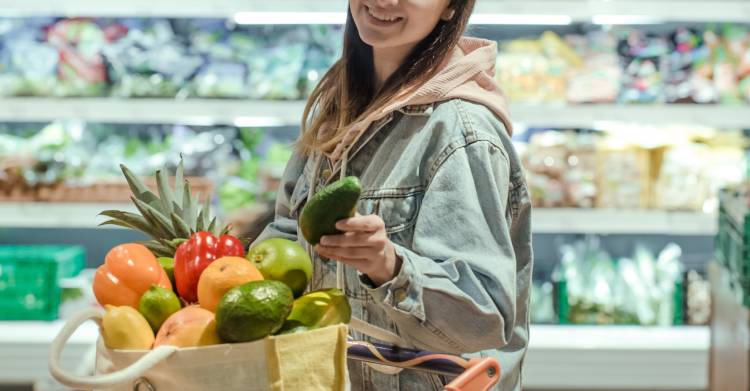
Linked products
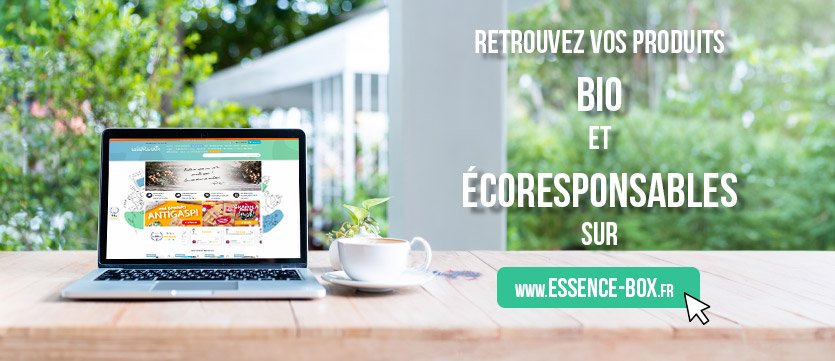



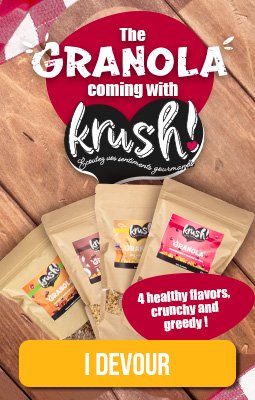
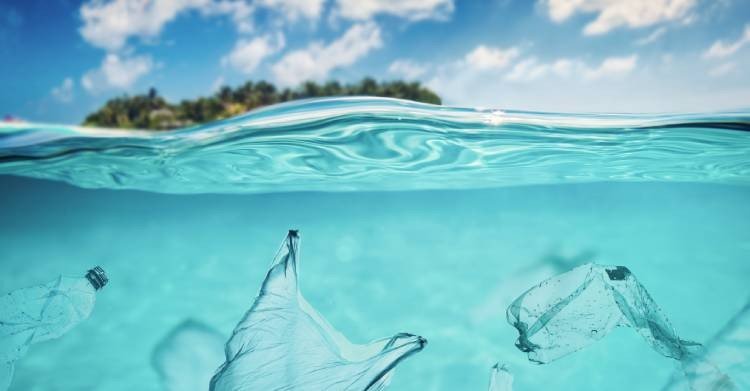
 By Cindy et Benoit
By Cindy et Benoit
